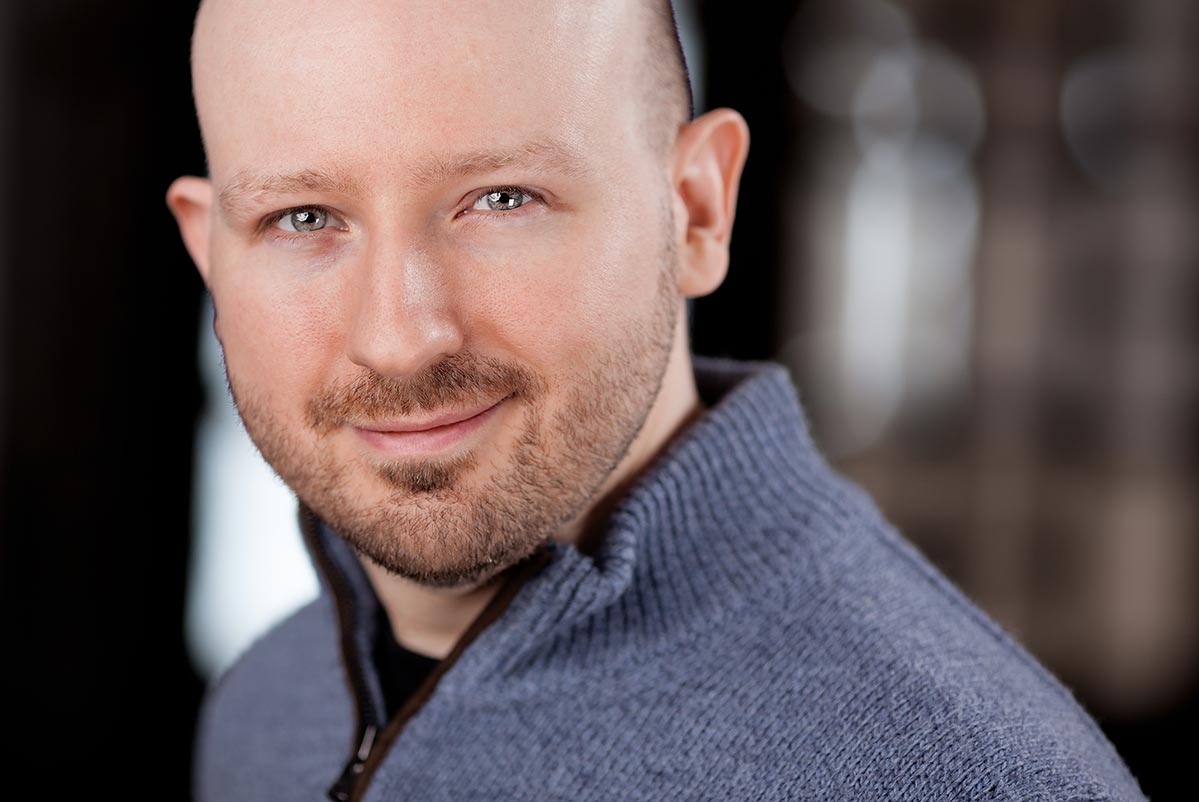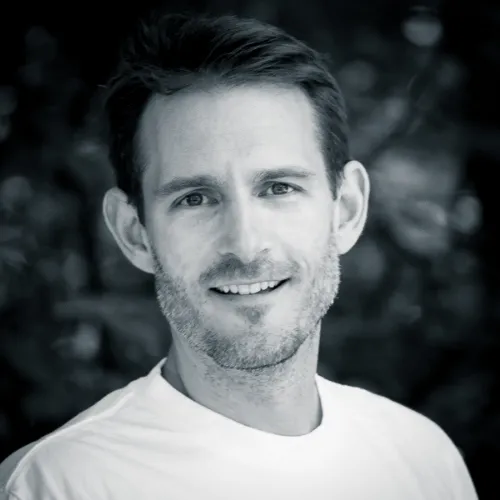Transcript
Hi, I’m Brian Robertson. I’ve been an advocate of psychedelics and an investor in the space for a little while now. But I’m best known, actually, as the founder of Holacracy, which is a decentralized management framework for organizations that’s spread all over the world. I’m the author of the book on the topic named Holacracy, which has been translated now all over the world.
And the point of this video is actually to share a little bit about Holacracy with those interested in psychedelics, because I think it’s a near-perfect marriage for companies in the psychedelic space. In fact, more than almost any other industry. Let me share a bit about why.
So, Holacracy is an alternative to the traditional top-down management framework that we’re used to. And it’s not that there’s anything fundamentally fatally flawed about top-down management. It’s just, for me, a question of whether it’s fit for the nature of the challenges that companies face.
When management hierarchy was pioneered in its modern form, which was about a hundred years ago, give or take, we had a very different world. During the early emergence of management hierarchy, the vast majority of the workforce was illiterate. And the environment around companies was so static and changed so slowly that things like innovation and creativity were not priorities. Certainly, allowing and harnessing consciousness of people within was not a priority. In fact, it was almost the opposite. The priority was preventing people from using too much creativity and too much consciousness in most of the workforce. We wanted control.
The more we’re able to harness the consciousness of everyone within… the more our company can adapt more quickly, can harness the opportunities it faces.
So management hierarchy came about as a mechanism to get compliance, alignment and compliance, and control. And it actually worked great for the era.
And yet, I think we’re in a very different era today. I think our companies today need something quite a bit different. Creativity, innovation, in most industries is vitally important, as is allowing people to bring their full consciousness into play in the workplace. We sense things. We sense things that could be better. We sense processes that are off. We sense ways to serve our customers better. And the more we’re able to harness the consciousness of everyone within, generally, the more our company can adapt more quickly, can harness the opportunities it faces. And that’s more and more important in the world today.
So we’re not sitting here talking about alternate forms of organization because management hierarchy has failed us. In fact, I’d say it’s succeeded so wildly that it’s helped create a world more complex than it can manage.
And now, in the psychedelic space, I think we’re seeing yet a new level. We’re seeing companies emerge with more conscious people than I think any other industry that I’ve been close to thus far. It attracts them, right? You don’t get into work with psychedelics if, you know, you’re generally liking to stick your head under the sand and stay in a more conventional traditional worldview and not really be mindful, conscious, awake, alive in the world.
Perhaps conventional business structures aren’t the ideal form for the types of industries that are pushing into pretty radical new territory in human consciousness.
I think people attracted to this work, it’s often because they’ve tasted something in their own expansion, in their own spiritual journey or whatever word. And then in the psychedelic space — so you have these kind of people that frankly want more and also offer more. They have more consciousness to offer. And they want to be able to use it.
And if you have a management structure actually designed to, in many ways, prevent it, you can work around that. You can have management hierarchy and still allow people to have more voice, but it’s difficult. You’re working against the structure. And perhaps, conventional business structures aren’t the ideal form for the types of industries that are pushing into pretty radical new territory in human consciousness.
The other issue I see is, often, companies in the psychedelic space have people within who journey together. And I think this creates a really interesting challenge. When you’re in journey space together, often our hearts are blown open. Our resistances are laid bare. They’re stripped away from us. You know, our defense mechanisms, our walls, our resistances. And then our hearts are blown open and we connect. It’s beautiful. I love it.
Except for what happens when people in that state connect with others they work with, but then go back into a traditional structure. And the traditional structure has built into it kind of parent-child dynamics. We have parent-like managers, child-like subordinates. And I’m not saying the people themselves, the structure is built with that kind of baked in. And we have to fight against it to not fall into these dynamics, whether it’s victim and villains or saviors or whatever on the drama triangle, or whether it’s just parent-child. We’re asking our parents for permission and we’re projecting our power on them. Let’s project our power to the boss or to the whole group via consensus-seeking, which slows down a lot of companies and creates a lot of painful meetings.
Or as a boss, we can get attached. There’s a lot of ego hooks in having that power. And a lot of overwhelm too, of sucking up all of everyone else’s power projections. Let alone the dynamics that it creates. Often in management hierarchies, we are incentivized not to be authentic, but to play a — wear a mask, to play a game.
We spend a lot of time in management hierarchies trying to manage our image to look good. And that’s not just because we’re stuck in our egos. It’s because something in the structure actually makes that useful. I could spend an hour talking about that, but I’ll just leave it at that for now. There’s something in the structure that makes that kind of mask-wearing useful. So we don’t bring our full authentic self to play.
But what happens when we do in journey space, and we get used to that? We’ve tasted that. And then we try to do that in our organizations. We have the risk of actually creating trauma. We have the risk of hurting both the individual and the organization in the process, because the structure isn’t designed to hold that level of vulnerability, authenticity, connection, and open-hearted love in an organization.
When we have that kind of clear, broken-up structure, we now have the ability to give people real power, real leadership, in a peer-to-peer structure.
I don’t know about you, but I want to be in a company that supports authenticity and vulnerability, and open-hearted connection and love. And that’s where I think Holacracy is something unique to offer for the psychedelic space in particular. It’s a structure that holds that. That allows people to bring their full consciousness, to lead to their piece.
There’s no management hierarchy at play. You are like the CEO of your roles. It’s a role-based structure. It breaks down work into clear roles for a purpose. It’s a purpose-driven structure. We have a purpose, we break it down into the roles we need. We give each role some responsibilities and some power to go with them, and some boundaries. If you don’t know your boundaries, you don’t know your power. So Holacracy also focuses on clarifying boundaries or limits within which we do need someone else integrated.
And when we have that kind of clear, broken-up structure, we now have the ability to give people real power, real leadership, in a peer-to-peer structure. Adult-to-adult, instead of parent-to-child, boss-to-subordinate.
And yet we also have a meta-process, a governance process, that allows anyone who feels tension, who consciously senses something could be better than it is, to drive positive change, to evolve the structure, the boundaries, the rules, the responsibilities, the policies, processes of the organization, so we can harness the consciousness of everyone within to allow evolution to happen in the way we work together. So the way we work together isn’t just the way things always have been around here, which becomes calcified in most companies, but it becomes a conscious evolutionary process as a result of everyone leading their piece in connection with others who are leading their pieces.
And the result of this is not less leadership, it’s not less structure. That’s people’s, often their misunderstanding when they hear Holacracy has no management hierarchy. But it doesn’t have less structure. It has more structure than a traditional organization. It’s just an emergent structure that’s defined in every team. Every team has this governance process. Every team is an evolutionary entity. And the structure itself is evolving. So we just get there differently. We have more structure, not less. We just get there differently.
And we don’t have less leadership. We have more leadership. We have more, in some ways, autocratic leadership. There are less decisions made with consensus than there are in a management hierarchy. We use a group process to break up and get clear: who leads what? And then we give people the power and freedom to lead within clear boundaries. And a process to come back to as a group to evolve that when we need to.
One of the net results of all this is allowing more love, more authenticity, more connection in the workplace because it’s safe to bring it. We can be adults together. We’re not subject to strange power dynamics like we often are in a traditional management hierarchy. It enables more, it harnesses more, and it offers more for the kind of company that has the kind of worker, the kind of partner, the kind of person building it, people building it, who really can bring that level of consciousness to bear.
To learn more about self-management, join a community of pioneers and check out our e-learning suite → Self-Management Accelerator

